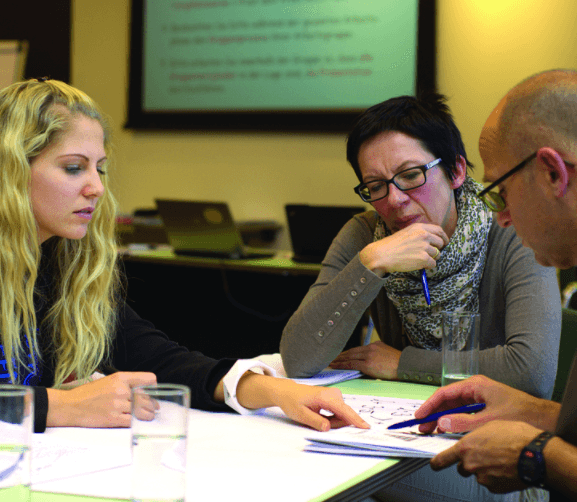
blog: What lies ahead for urban public transport?
Wednesday 7th April 2021
The long-awaited National Bus Strategy sets out ambitious aspirations for the future delivery of bus services and with it is comes a real opportunity to change the way we use and perceive buses. City landscapes have already changed significantly over the last 12 months, and, in light of expected outcomes from the National Bus Strategy, these changes are likely to continue.
Seamless travel?
I used to travel to college on three buses, all of which were provided by different operators. Fortunately, living in Nottingham, I was able to take advantage of their multi-operator travel card (formerly known as ‘Kangaroo’, now known as ‘Robin Hood’), so it was less hassle and much more affordable than buying three separate tickets.
Since many cities in England don’t provide this type of integrated ticket, bus travel is often seen as an unattractive and costly alternative to the car. Looking ahead to the future, I’m optimistic that this will change, and so will the way we access our information. Personally, I imagine a city with a public transport system that has…
- One ticket which can be used for all travel in spite of the operator or mode. Ultimately this will include first and last mile options such as trip sharing, demand responsive transport services and bicycle/scooter hire, but a multi-operator ticket that can be used on all public transport modes will be a good starting point.
- Fares and tickets to suit all passengers’ needs. The frequency of travel; the times we travel; and the way we choose to travel has shifted since Covid-19, and this should be reflected in the types of tickets that are available to customers. Fares should be affordable and easy to understand. Ultimately, people shouldn’t need to decide on the most appropriate option; this should be done automatically based on the way they travel.
- Readily available information on a variety of platforms to reach out to different user groups and ensure they can make informed decisions about their travel options. Passengers should also be kept up to date about their journey choice through real time information and dynamic journey planning. If delays occur at the beginning of their journey, alternative travel options should be suggested so they aren’t impacted further down the line. Often uncertainty can be a deterrent for trying something new, therefore journey planning tools, websites, and apps should be maximised to provide all the necessary information potential bus users could need to plan their journey.

A truly reliable bus network?
It’s difficult to convince people to use public transport if other options get them to their intended destination more reliably or quickly. We know that infrastructure improvements help to shorten journey times by bus and deliver networks that people can truly rely on.
When I consider how our bus network could operate in the future to provide greater reliability, I envisage…
- Bus rapid transit providing a high frequency, high capacity, direct bus routes into the city centre and/or dedicated bus priority lanes and priority traffic signals along main arterial routes into the city centre that separate bus services from other city centre traffic.
- A ‘turn up and go’ frequency of services on major urban routes, with feeder services connecting outlying areas to the core network at key interchange hubs.
- Services that continue to run into the evening and at the weekends to ensure people can use buses for a variety of trips.
Joint working
In order to achieve this idealised provision of public transport, the right steps need to be taken. Enhanced partnerships and franchising are a critical part of the National Bus Strategy, with every city in England expected to form one or the other to become eligible for further financial support from the Government.
It’s great to see the Strategy stressing the importance of this collaborative and coordinated approach to delivering high-quality bus services as this is something we have always advocated, and through partnerships, have engineered step changes in the way public transport is provided. Bringing operators and local transport authorities together is likely to facilitate change through sharing ideas, utilising collective skills, learning from experiences, and developing common goals and objectives.
It is also important to acknowledge local transport needs. Future cities should consider establishing community bus partnerships or provide an online forum, such as RHDHV’s e-participation and reporting tool (i-Report) or Commonplace, to give people a platform to share their thoughts on how to improve public transport and its infrastructure to make it safe, accessible, and inclusive for all. Sharing experiences will help decision makers gain insight into users’ perceptions and therefore understand how to make services better for everyone regardless of who they are and their background.

Considering the changes that could be borne out of the National Bus Strategy, and the requirements from those planning and delivering services, I’m hopeful that our cities will become better connected, inclusive, with a public transport system which is affordable and is the obvious way to travel.
To find out more about ITP’s experience in the public transport industry, browse our website.
